#marsupial frog
Text


Pastaza Marsupial Frog (Gastrotheca longipes), female, family Hemiphractidae, Yasuni National Park, Ecuador
The females have a pouch, with an entrance at the rear of the back, in which she keeps the eggs. The young go through their tadpole stage in the pouch, and emerge as froglets.
photograph by Vincent Prémel
796 notes
·
View notes
Text
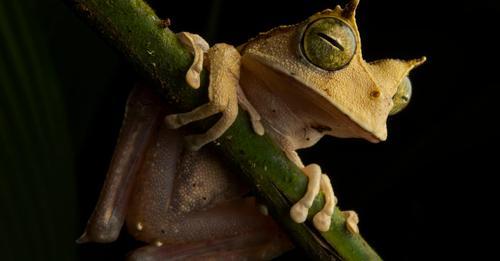
The Surprise Reappearance of a Rare Frog Has Scientists Leaping to Protect Its Habitat
The marsupial frog, which incubates its young in a pouch on its back, was thought to be extinct in some countries.
With jaunty peaks sticking up from its eyelids that may help it camouflage as a dry leaf, the horned marsupial frog is “a fascinating creature that people can’t wrap their heads around,” says James Muchmore, founder of Save the Chocó, a conservation group dedicated to protecting this threatened region of Ecuadorean rainforest.
Instead of laying thousands of eggs in water, like most frogs, female horned marsupial frogs produce only ten or fewer of the largest amphibian eggs in the world, at a whopping diameter of one centimeter. Males then fertilize these eggs and place them into a pouch on the mother’s back, which is what earns the species, and dozens of related frogs, the “marsupial” moniker.
As the embryos grow, they develop structures similar to mammalian placentas through which their mother delivers oxygen, water and possibly nutrients. After about two months, horned marsupial frog eggs hatch as forest-ready froglets, skipping the tadpole stage.
This remarkable adaptation frees them from the need to find ponds or streams for egg-laying. They spend their lives high in the trees of Central and South American rainforests, where the humid air is thought to keep their skin from drying out...
Read more: The Surprise Reappearance of a Rare Frog Has Scientists Leaping to Protect Its Habitat | Science | Smithsonian Magazine
#marsupial frog#frog#amphibian#herpetology#conservation#animals#nature#south america#central america
214 notes
·
View notes
Text

Reptiles, Amphibia, Fishes and Lower Chordata. Written by Richard Lydekker and others. Published in 1912.
Internet Archive
151 notes
·
View notes
Text
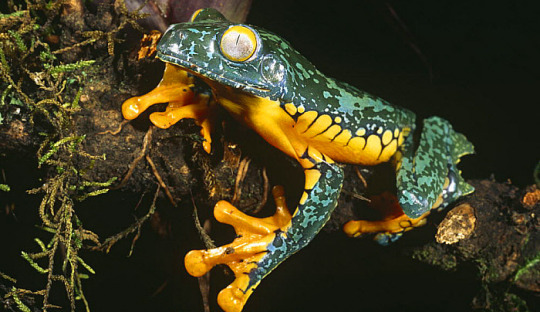
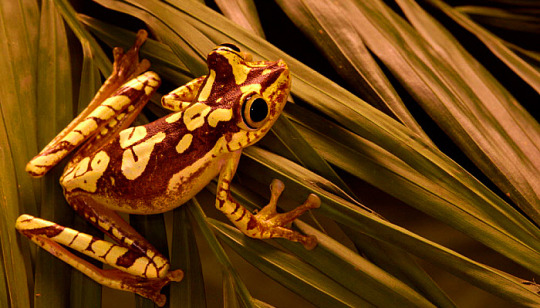




Ecuadorean frog photos by Pete Oxford
Leaf frog (Agalychnis craspedopus)
Chachi tree frog (Hyla picturata)
Poison arrow frog (Epipedobates tricolor)
Poison arrow frog (Epipedobates tricolor)
Poison arrow frog (Dendrobates duellmani)
San Lucas marsupial frog (Gastrotheca pseustes)
#frogs#tropical frogs#ecuador#agalychnis#Agalychnis craspedopus#hyla#hyla picturata#Epipedobates tricolor#epipedobates#dendrobates#dendrobates duellmani#gastrotheca#gastrotheca pseustes#leaf frog#chachi tree frog#tree frog#poison arrow frog#san lucas marsupial frog#amphibians#rainforest#tropical rainforest#blue frog#red frog#green frog#black frog#yellow frog#brown frog#animals#wildlife#nature
263 notes
·
View notes
Text

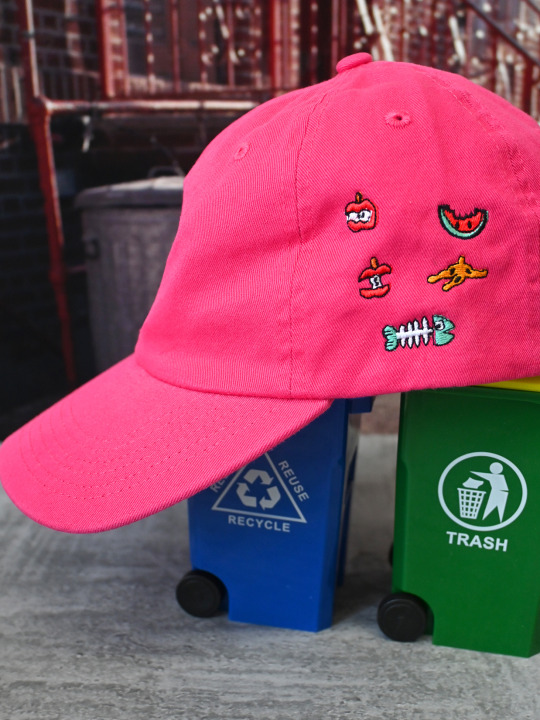


"Marvelously Marsupial" and "Fashionably Froggy" caps
🐸👜 🐀👢👢💖
natalikoromoto.dog
#frog#opossum#fashionably froggy#marvelously marsupial#accessories#hats#natali koromoto#artists on tumblr
138 notes
·
View notes
Text
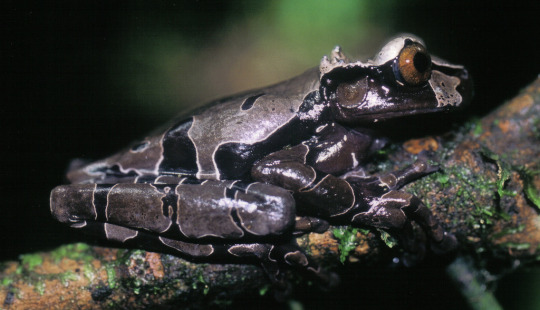

Spiny-Headed Treefrog: This species’ most immediately notable characteristic is the spines protruding from their head. Like most other frogs, the male finds a suitable place to lay eggs, (in this case, a temporary pool, tree hollow, or bromeliad filled with water,) and calls for the female. They lay a few eggs over the water, and return approximately every seven days to continue breeding. Since the pools are small and tend to lack food, the female will care for the young on nights when the male is not present, resting semi-submerged in the water and laying unfertilized eggs as the tadpoles nibble at her before voraciously devouring their fresh meal.
Guenther's Marsupial Frog: Most Anurans only have one set of teeth on their upper jaw. This species, however, is the only one to have re-evolved a second set. As a marsupial frog, (members of the genus Gastrotheca,) they do not leave their eggs in a particular pool or plant. Instead, the female has a pouch on her back to carry the eggs, keeping them in contact with her blood vessels to supply them with oxygen. Sadly, although a new member of the genus, G. gemma, was discovered just in 2021, this species has not been spotted in its range of Columbia and Ecuador since 1996.
10 notes
·
View notes
Text
We got an opossum! He crunches! He munches! He runs around a lil and is adorable!
(definitely recommend turning the sound of for this one)
#also you can hear the tree frogs yelling#i never knew we had foxes or possums in our woods!#still waiting for the raccoon... but she lives in the living woods not the dead ones#anyway i have so many vids of this lil dude#wonder if its a boy or a girl#it is about the time for babies so who knows#possum#opossum#yes i know theyre two different animals its fine#animals#marsupials#my child i love you#trail cam#my pets#don't mind me
24 notes
·
View notes
Text
Tumblr Sexyman: Animal Edition
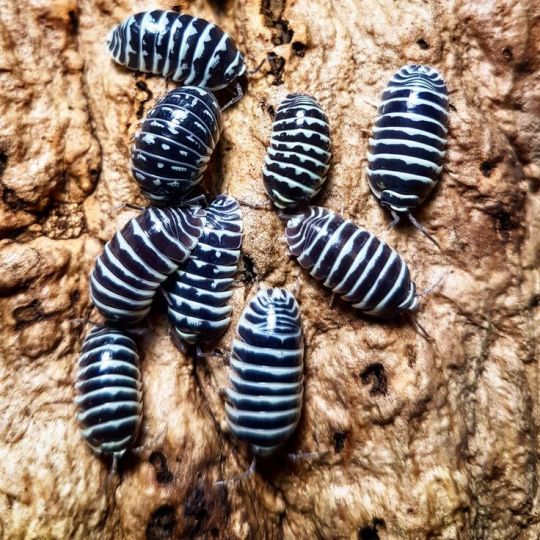
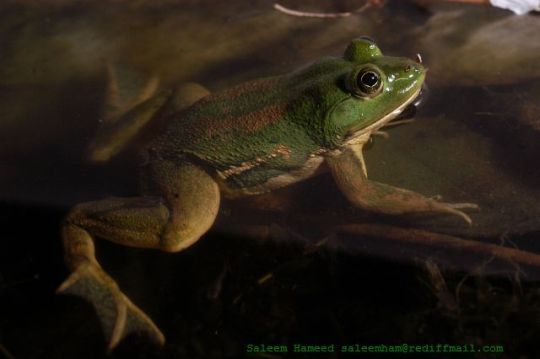
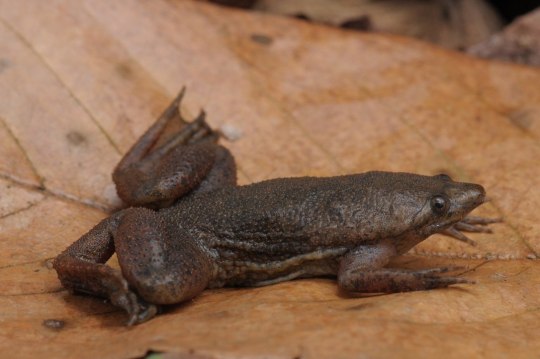

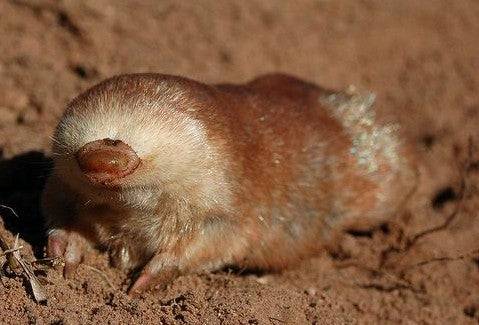

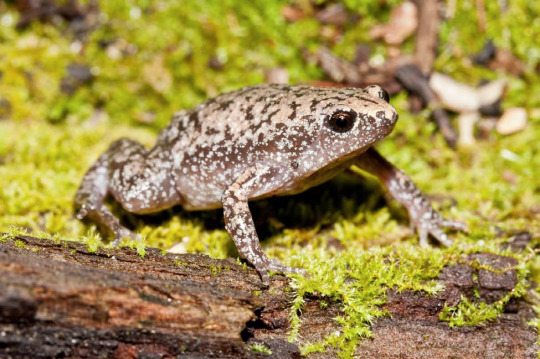
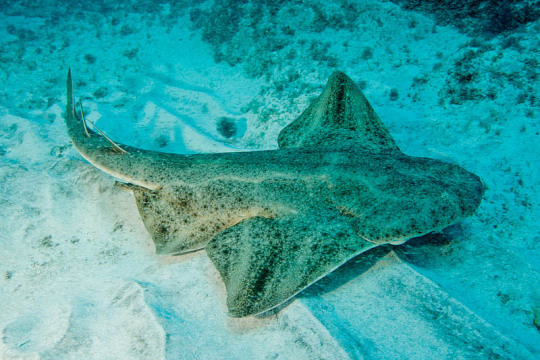


#tumblr sexyman: animal edition#tumblr sexyman poll#tumblr sexyman#animal sexyman#poll#polls#vote#animals#isopods#frogs#sharks#rays#mole#marsupials#shrimp
5 notes
·
View notes
Text
An introduction to Biooz The fauna of Australia
Welcome to our brand-new blog, where we will embark on an exciting scientific journey through the incredible and diverse world of Australian fauna. Here, we'll delve into the remarkable and sometimes peculiar creatures that call the Land Down Under home. From the iconic kangaroo and koala to the more obscure marsupials, reptiles, birds, frogs, and insects, in this blog we will leave no stone unturned in our quest to explore the fascinating tapestry of Australia's wildlife.
Australia is a land like no other, boasting a unique and extraordinary ecosystem that has evolved in isolation for millions of years. It’s a vast landscape, which ranges from lush rainforests to arid deserts and expansive coastlines, these landscapes provide a rich and diverse habitat for a wide array of animal species. In this blog, we'll journey through this breathtaking country, uncovering the mysteries of its wildlife.
What to Expect from this blog
Here's what you can expect from this blog:
In-Depth Profiles: We'll take you up close and personal with the iconic and lesser-known creatures that roam this continent. Discover their fascinating biology, behavior, and unique adaptations to the Australian environment.
Conservation Insights: Australia is home to many endangered species facing various environmental challenges. We'll shed light on conservation efforts and the importance of preserving these incredible animals and their habitats.
Natural History: Get ready to journey through time as we delve into the evolutionary history of Australian fauna. We'll explore how these creatures have adapted to their surroundings over millions of years.
Travel and Wildlife Spotting: For the intrepid travelers among us, we'll share tips and locations to experience the Australian wildlife firsthand. Whether you're a local or planning a future trip, this blog will help you make the most of your adventures.
Q&A and Community Engagement: We encourage questions and discussions from our readers. Curious about a particular species or want to share your own wildlife encounters? We'd love to hear from you and foster a sense of community in our exploration of Australia's fauna.
Join Us on This Remarkable Journey
Australia's fauna is a treasure trove of biodiversity, and we're excited to take you along as we unravel its many mysteries. Our mission is to foster a deep appreciation for these unique animals and raise awareness about the challenges they face in an ever-changing world.
So, whether you're a seasoned biologist, an avid wildlife lover, or just someone with a curious mind, join us in our quest to explore the remarkable world of Australian fauna. Together, we'll gain a greater understanding of the incredible creatures that make Australia a truly special place. Stay tuned for our upcoming posts. Welcome to the adventure!
#Australian fauna#Australia#Wildlife blog#wildlife#Biodivesity#Australias wildlife#Australian Fauna#Wildlife Blog#Biodiversity#Australia's Wildlife#Kangaroos#Koalas#Marsupials#Reptiles#Birds of Australia#Frogs in Australia#Insects Down Under#Conservation Efforts#Natural History#Australian Ecosystem#Travel Tips#Wildlife Spotting Locations#Community Engagement#Endangered Species#Environmental Challenges#Wildlife Exploration#Australian Animal Profiles
0 notes
Text


Fuhrmann's Marsupial Frog aka Fuhrmann's Backback Frog (Cryptobatrachus fuhrmanni), female with eggs, family Hemiphractidae, endemic to caves, breakages, and waterfalls in western Colombia
The mother carries the eggs on her back, they are stuck/glued in place with skin secretions. The tadpoles stay in the eggs until they develop into froglets, and then hatch from the eggs.
photographs by Elson Meneses-Pelayo
#marsupial frog#backback frog#cryptobatrachus#hemiphractidae#frog#amphibian#herpetology#south america#animals#nature
765 notes
·
View notes
Note
Found your account from one of my mutuals reblogging that one mini frog post, could I learn about some fucked up frogs :D
Everybody is always banging on about Pipa pipa. Nobody is ever talking about how fucked up Hemiphractidae reproduction is
Like, they range from concealed carry, like this Gastrotheca orophylax

[src]
which they achieve with a pouch that has a weird ass opening (lack of hyphenation intentional) (not actually anywhere near the cloaca of the frog) (this has earned them the common name 'marsupial frogs' for a very obvious reason)
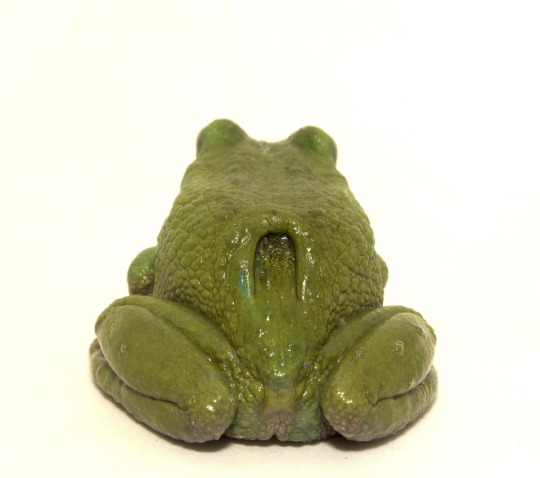
[src]
…to open carry, like this Fritziana goeldii
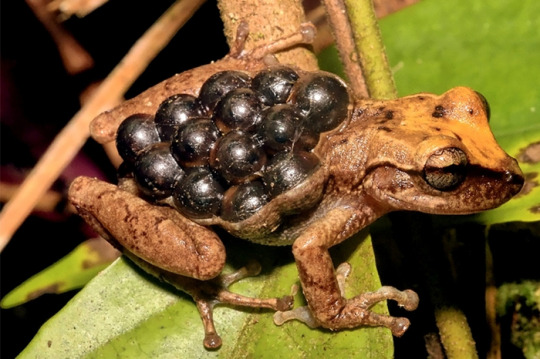
[src]
which hatch out but remain glued on until developing sufficiently, like this Cryptobatrachus boulengeri

[src]
Pretty fucked up, if you ask me.
#frogs#fucked up#nature#wild#animals#herpetology#zoology#biology#what the fuck is up with that#I feel like I should tw a phobia#but like#what phobia even is this#it's not really trypophobia#who had 'a cornucopia of froglets' on their bingo card?#anyway Hemiphractidae are amazing#excellent frogs#weird though#it is Wednesday my dudes#sweethibiscustea82#answers by mark#cw trypophobia#cw body horror
2K notes
·
View notes
Text
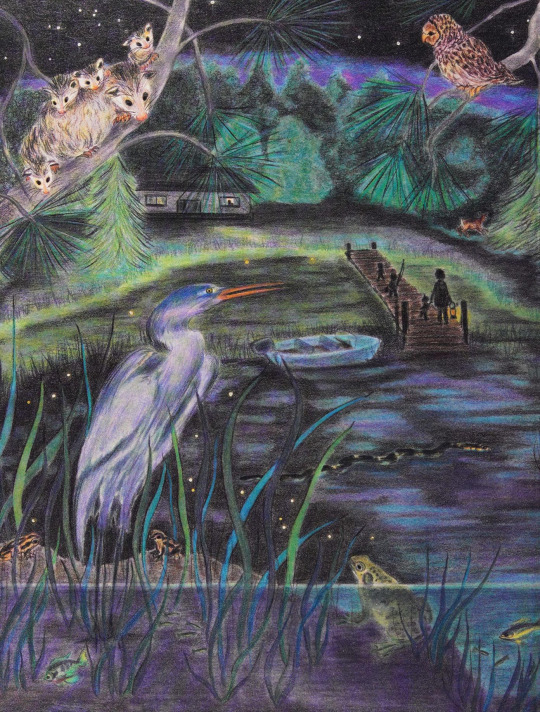
Out in the Night. Written by Karen Liptak. Illustrated by Sandy Ferguson Fuller. 1989.
#reptiles#snakes#speckled kingsnakes#birds#owls#barred owls#herons#great blue herons#marsupials#opossums#american opossums#amphibians#frogs#Sandy Ferguson Fuller
643 notes
·
View notes
Text

The Surprise Reappearance of a Rare Frog Has Scientists Leaping to Protect Its Habitat
The marsupial frog, which incubates its young in a pouch on its back, was thought to be extinct in some countries.
With jaunty peaks sticking up from its eyelids that may help it camouflage as a dry leaf, the horned marsupial frog is “a fascinating creature that people can’t wrap their heads around,” says James Muchmore, founder of Save the Chocó, a conservation group dedicated to protecting this threatened region of Ecuadorean rainforest.
Instead of laying thousands of eggs in water, like most frogs, female horned marsupial frogs produce only ten or fewer of the largest amphibian eggs in the world, at a whopping diameter of one centimeter.
Males then fertilize these eggs and place them into a pouch on the mother’s back, which is what earns the species, and dozens of related frogs, the “marsupial” moniker. As the embryos grow, they develop structures similar to mammalian placentas through which their mother delivers oxygen, water and possibly nutrients.
After about two months, horned marsupial frog eggs hatch as forest-ready froglets, skipping the tadpole stage. This remarkable adaptation frees them from the need to find ponds or streams for egg-laying.
They spend their lives high in the trees of Central and South American rainforests, where the humid air is thought to keep their skin from drying out...
Read more: https://www.smithsonianmag.com/science-nature/surprise-reappearance-rare-frog-scientists-leaping-protect-habitat-180983233
photograph by Aznar Gonzáles de Rueda
#marsup;ial frog#frog#amphibian#herpetology#endangered#conservation#environment#central america#south america#animals#nature#science
54 notes
·
View notes
Text
Spectember D26: Break a biological record

Some hundreds of millions of years far into the future around 300 million years hence, after the formation of a big supercontinent, one that was not predicted to form, a lot of existing terrestrial and marine fauna look so alien compared to the animals that once man witnessed as the difference is as much as a human being would have to the first terrestrial tetrapod. Phylogenetically speaking many of those animals would be related to something like a crown, a snake, a varanid, a goby, a frog, a bat and so on but they are totally anatomically, morphologically and physiologically far from those, mammals and birds are a fraction of what they were, more mole or reptile like, varanids and frogs suffered of varied radiations and now they have been as much diverse as how dinosaurs and synapsids went through the Mesozoic and Cenozoic, and small fishes survived and radiated from freshwater species over and over from different mass extinctions, and just for matter of convergence they looked something like the modern species man saw, but they aren’t anatomically close to those.
In land mammals are just small and ectothermic creatures, in the ocean however one lineage managed to thrive as large swimmers, is not like any other group however, they have lost their forelimbs, their tails barely help them to swim and often depending of the species they have a rigid fluke or a seahorse-like prehensile tail, they managed to re-evolve some structure similarly to gills from a part of a nose cavity, a result of its proper ontogenic development as they did born not fully developed. These aren’t descendants of placentary mammals, but marsupials, a lineage that stood almost unchanged for many dozens of millions of years in the Americas and took a turn after the major calamities through the last 200 million years that drove their group to become reptile like, adopt peculiar adaptations for their lethargic metabolism and ended up in this stage, these aquatic animals were the last descendants of the opossums.
The Scorn Figoeq are a twisted form of the more seahorse-like herbivorous relatives that lives in the surfaces, living at depths of 4000 to 5000 meters under the surface is by far the deepest species of tetrapod that has ever lived, the deepest mammal to have diver so low under the ocean. It adopted the lifestyle of the already gone anglerfishes as well some other deep-water fishes, is among the last of an experimental lineage of the Figoeqs (Derivation of Figoeqqus or "shaped like horse") that tried to become pelagic planktonic feeders which ended up becoming extinct in the last 50 million years, remaining as a relic of that group. With 25 cm long, anything that could be considered mammal like only is exposed by looking at the embryo of this species as it starts with the basics of mammal anatomy, but reaching adulthood they resemble a mix of a jelly and a bizarre abyssal fish, with their short body, large head with a deep gelatinous cover that protects part of its head and eyes that now grow inside the flesh, with long dorsal spines that helps it to stabilize while swimming, their long hind flippers that look more like ray fins, and the tail that has grow a fluke to push it slowly across the darkness of the abyss.
57 notes
·
View notes
Text

I knew I wanted to do Bestiary Posting this week, but I'm gonna be super busy in the coming days, so I had to rush this out right away. So sketch is a bit messy.
At first I thought I knew what critter it could be, but I've been wrong before with my guesses, and then as I started thinking up what I'd like to draw I kept thinking 'oh well, maybe that's what it is; or maybe that's what it is', so suffice it to say, I am not confident in my guess at all.
The Hreksong is cunning and hunts snakes, so my mind went to the mongoose - renowned for it's snake catching skill. Carrying it's young made me think of opossums - in fact a lot of arboreal animals carry their young, so makes sense for it to be arboreal. An arboreal mongoose. The conceiving/birthing through the ears or mouth kind of tripped me up, but I remembered a type of frog that carries it's young in it's mouth, and mouthbrooding is pretty common in fish, so I guess it's not impossible to imagine a more terrestrial animal doing the same (originally did not draw it with an open mouth, and I gotta say the open mouth adds so much charm and horror to this creature; though I am curious if mouth/ear is where it's babies are born/conceived where in the body do they develop? Does it have a womb connected to it's ears/mouth, or is it like a marsupial pouch in the neck? I have so many questions). Of course, being arboreal, it needed reverse counter shading as arboreal animals tend to have. And then it ended up looking like a pine marten. A mouthbrooding pine marten...
Still, I think it would be fun to have your own house Hreksong. The description says they 'roam around in houses', which I can only guess means they are not pets or working animals, and are instead like mice or little brownies that move into your house unannounced, and make mischief in the night. You know, like lapping up all the cream, and stealing only left socks, and mussing up your hair while you sleep. And there's just not a whole lot you can do about it, unless you'd rather be overrun by mice and snakes.
20 notes
·
View notes
Text
Tumblr Sexyman: Animal Edition
Pictures in list order
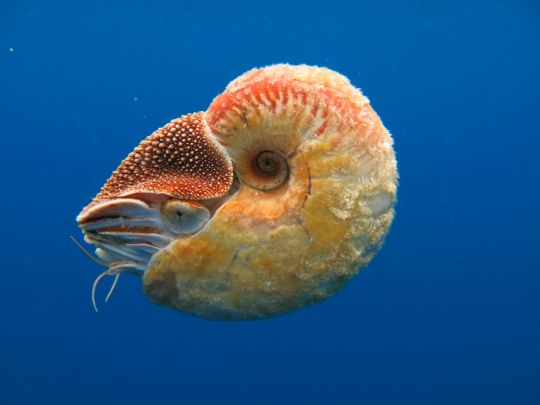

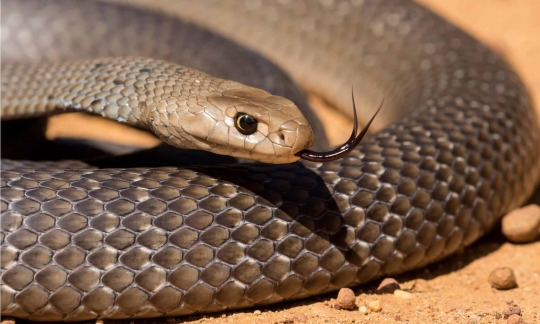
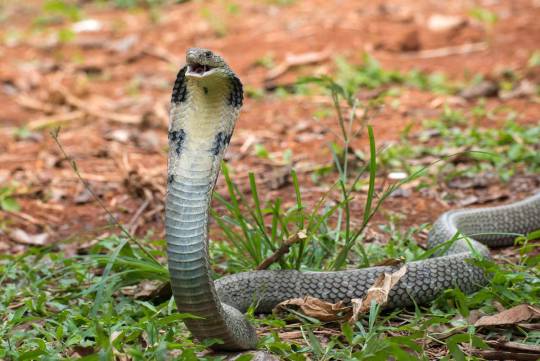


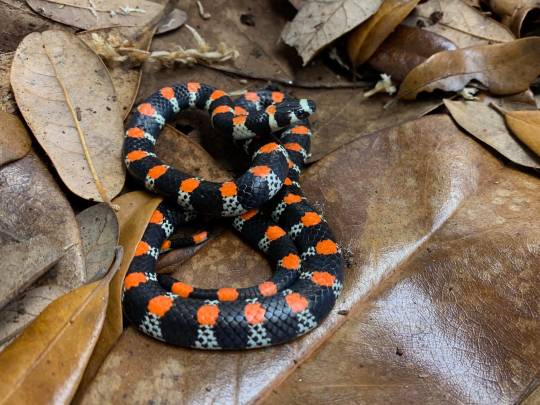
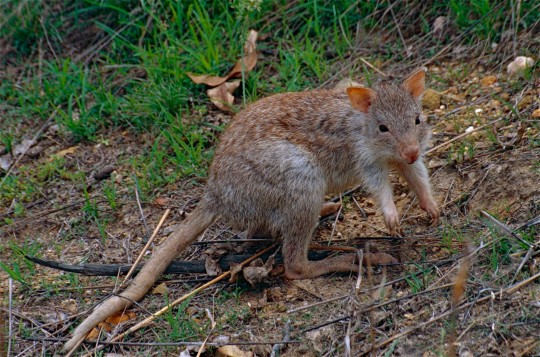

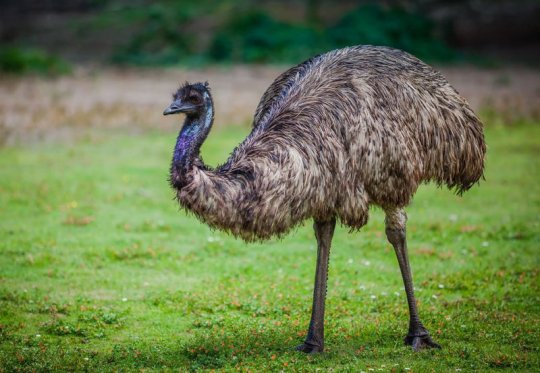
#tumblr sexyman: animal edition#tumblr sexyman poll#animal sexyman#tumblr sexyman#poll#polls#vote#animals#frogs#mammals#marsupials#shrew#birds#emu#snakes#cobra#rat kangaroos#sea creatures#toads
3 notes
·
View notes